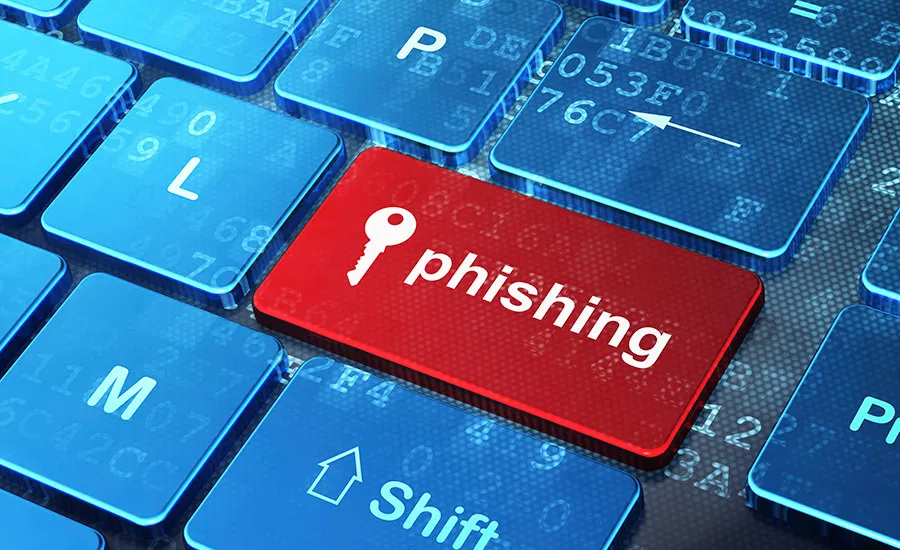Social media has woven itself into nearly every aspect of modern life, from staying in touch with friends to managing professional networks. Yet where users gather in large numbers, cybercriminals inevitably follow. Phishing over social platforms has become a stealthy—and increasingly successful—method for attackers to gain passwords, financial details, and other prized data. Recent high-profile scams targeting social media influencers, celebrities, and everyday users illustrate how easily trust can be weaponized in direct messages and posts.
One of the draws for malicious actors is the casual nature of social apps. On platforms like Instagram, LinkedIn, or Twitter (recently rebranded as X), people often drop their guard when engaging with contacts who appear legitimate. Attackers exploit this familiarity by mimicking actual connections or forging credible brand profiles. A user who might scrutinize a random email can be more susceptible to a seemingly friendly direct message mentioning a shared interest or professional opportunity. When that message leads to an external phishing page, the user’s attention has already been lured away from security concerns.
The cunning behind these schemes lies in how they’re tailored. Criminals observe potential targets to identify relevant topics—such as an upcoming event, a job vacancy, or a trending hashtag—so they can approach individuals with messages that feel personal. They may comment on a recent post (“Hey, about that conference you mentioned, here’s the sign-up link...”) or leverage existing group memberships. The more a user sees references to their real interests or communities, the more genuine the outreach seems. This level of personalization is why social media phishing has grown more effective than one-size-fits-all emails.
Additionally, the proliferation of mobile apps for social media plays a part in lowering vigilance. Users scrolling through feeds on a small smartphone screen can miss subtle details like slightly misspelled URLs or an unusual domain extension. Couple that with the fast-paced, notification-driven style of many social platforms, and you have a perfect recipe for hasty clicks. Attackers count on the fact that people juggling messages, hashtags, and notifications are less likely to pause and double-check authenticity.
Experts advise a few protective measures. First, consider locking down privacy settings to limit what strangers can see about personal interests, job roles, or travel plans. The less intelligence criminals have, the harder they must work to craft believable lures. Second, keep an eye on domain names in any link, especially if a conversation shifts from in-app chat to an external site. If an offer or request seems urgent or too good to be true, that alone merits a second look or direct verification by another channel. And just as with email, enabling multi-factor authentication for social media accounts adds a crucial extra barrier should credentials be accidentally exposed.
For businesses, the stakes can rise even higher. Employees might inadvertently share internal documents or login details when responding to what appears to be a partner’s direct message on LinkedIn. In some cases, entire marketing or HR teams have been duped into believing they were conversing with a VIP client or potential job applicant. The results range from leaked trade secrets to unauthorized financial transactions. Security training can help staff identify the red flags in direct messages, but it’s equally important to back that up with strict policies: no one should ever solicit sensitive information via social media, and such requests must be escalated or verified by a manager.
Another risk emerges in the realm of influencer marketing and brand deals. Attackers pose as potential sponsors or agencies offering to collaborate, luring creators to bogus sign-up pages where they’re asked for personal information and password resets. Because many influencers earn income through these collaborations, they’re keen to respond promptly, sometimes overlooking suspicious domain names or incomplete credentials. In some reported cases, criminals even gained full access to the victim’s account and used it to carry out further phishing attempts on their follower base, sowing chaos among fans.
Ultimately, staying safe on social platforms calls for a healthy dose of skepticism and attention to detail. Privacy controls, multi-factor authentication, and training remain effective defenses. A single misstep—clicking an unverified link or sharing credentials in a direct message—can unravel an individual’s or an entire organization’s digital security. By proactively verifying any unsolicited approach and scrutinizing every URL, users significantly reduce the odds of becoming prey to these evolving schemes.


